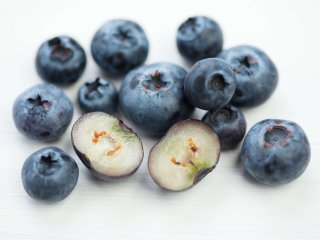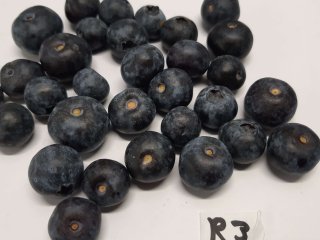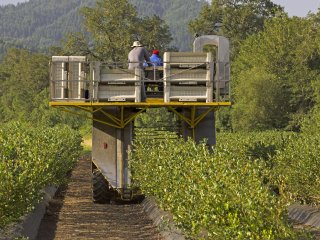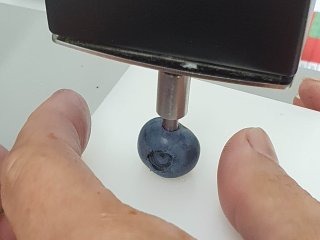
Blueberry disorders and diseases
Customers are willing to purchase healthy fruits, meaning fruits free of diseases, and disorders. Furthermore, blueberries must not only look appetizing from the outside, but also be fresh inside. There are dozens of different diseases and disorders, which are not always easy to recognize. A good diagnosis is important. By recognizing the symptoms of a disease or disorder, it can be linked to the cause. After which, measures can be taken to prevent the disease or disorder from happening again in the future.

Disease management of blueberries
Initial identification of disorders and diseases takes place by carefully looking at external symptoms. Next, the blueberry is sometimes cut to analyse the fruit internally. By detecting quality issues in the fresh supply chain as early as possible, corrections can be made to reduce losses. Retailers also benefit from knowing about diseases and disorders to improve their supply chain. Common causes of blueberry deterioration are shrivelling, bruising, mealiness, moulds and rots.





